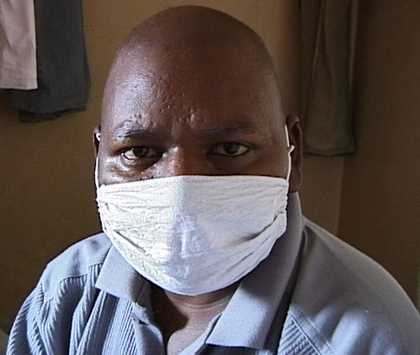Jang aur Aman/War and Peace
India 2002, video, 135 min, Hindi, Japanese, English subtitles.
In War and Peace, nuclear nationalism takes the form of a nuclear theology carefully staged by a Bombay branch of Shiv Sena at the Parel Ganesh festival in the form of a reenactment of the nuclear test detonated by the Indian government at Pokaran in 1998. In the dark, a statue of Ganesh stands on a plinth. Nearby stand four model soldiers. One stands in front of a glowing plastic control panel, facing a model of a bomb suspended by string. A voice emerging from a public address system sets the scene: ‘Pokaran. A beautiful desert of our country. On 11 May 1998, India successfully tested nuclear devices here. On the morning of the tests there was a big storm. The scientists were very worried but just in the nick of time due to divine intervention, the storm subsided.’ The camera slowly travels from missiles propped on grey blocks up the body of Ganesh. A countdown begins: ‘8. 7. 6. 5.’ The missile enters the ground. Lights dim. The control panel glows. Pink light spreads across the dark. The camera studies the expressions of the model soldiers. ‘3. 2. 1.’ An explosion resounds, followed by a second. The cavity beneath the sand glows with the light of the underground explosion. The control panel flashes. Everything goes dark. A trumpet announces a voice that declares: ‘And the Buddha Smiled!’ The camera pans to show the backdrop and comes to rest upon the logo of Shiv Sena: a snarling tiger in a blue circle in an orange flag. The effects of the devotional detonation are transmitted throughout media as forms of magical thinking. The film studies the effects of this atomic mysticism as it spreads throughout India, America and Pakistan.
Curated by The Otolith Collective. Followed by response and audience discussion with Anand Patwardhan, Kodwo Eshun, Anjalika Sagar and Kate Hudson.
Kate Hudson
is a leading national and international anti-nuclear and anti-war campaigner. She was Chair of the Campaign for Nuclear Disarmament from 2003 to September 2010 when she became General Secretary. Hudson is author of CND: Now More than Ever: The Story of a Peace Movement 2005.
- Download the programme notes [PDF, 5.8MB]

